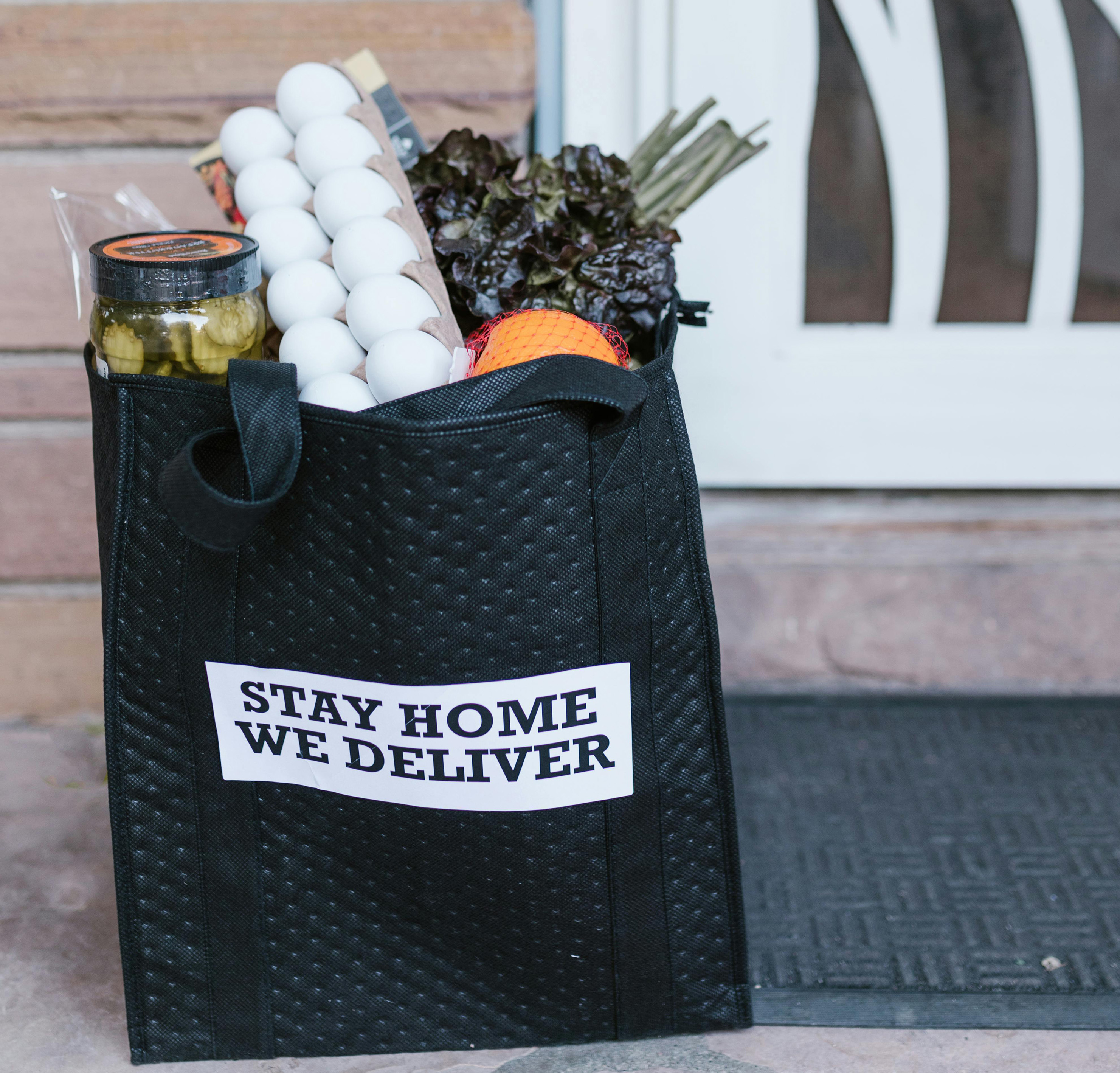A burning question for all entrepreneurs: from small-business owners to heads of matrixed organisations is - whether to outsource delivery services or maintain them in-house? Each option has its own benefits and drawbacks that need to be carefully considered to determine the approach most suitable for your company. In this blog post, we will explore the advantages and disadvantages of in-house delivery services, backed by facts and scientific evidence.
Benefits of In-House Delivery Services
Control and Flexibility: One of the primary advantages of maintaining an in-house delivery service is the ability to retain control over the entire delivery process. From hiring and training delivery personnel to managing logistics and customer interactions, companies have greater flexibility to tailor their delivery operations to meet specific needs and standards.
Brand Identity and Customer Experience: In-house delivery services allow companies to maintain direct control over the brand image and customer experience throughout the delivery journey. By ensuring consistency in service quality, delivery speed, and communication, businesses can strengthen brand loyalty and build lasting relationships with customers.
Cost Efficiency: While outsourcing delivery services may initially appear cost-effective, in-house delivery services can offer long-term cost savings and efficiency gains. By optimising delivery routes, minimising fuel consumption, and maximising vehicle capacity, companies can reduce operational costs and improve overall profitability.
Drawbacks of In-House Delivery Services
Resource Intensive: Establishing and maintaining an in-house delivery service requires significant resources, including personnel, vehicles, equipment, and infrastructure. For small and medium-sized businesses with limited resources, the initial investment and ongoing operational costs associated with in-house delivery may be prohibitive.
Logistical Challenges: Managing the logistics of an in-house delivery operation can be complex and challenging, particularly for companies with diverse product lines or multiple delivery locations. Without the expertise and resources of third-party logistics providers, businesses may struggle to optimise delivery routes, handle peak demand periods, and adapt to changing market conditions.
Risk Management: In-house delivery services entail inherent risks, including liability for accidents, vehicle maintenance costs, and regulatory compliance. Without adequate insurance coverage and risk management protocols in place, companies may be vulnerable to legal and financial repercussions in the event of delivery-related incidents or disputes.
Onelivery's Approach
At Onelivery, we understand the importance of balancing the benefits and drawbacks of in-house delivery services. Through our comprehensive delivery management platform, we offer businesses the flexibility to customise their delivery operations while leveraging our expertise and resources to optimise efficiency and minimise risk. Whether companies choose to maintain an in-house delivery service or outsource to third-party providers, Onelivery is committed to delivering seamless, reliable, and cost-effective solutions that meet their unique needs and drive business success.









